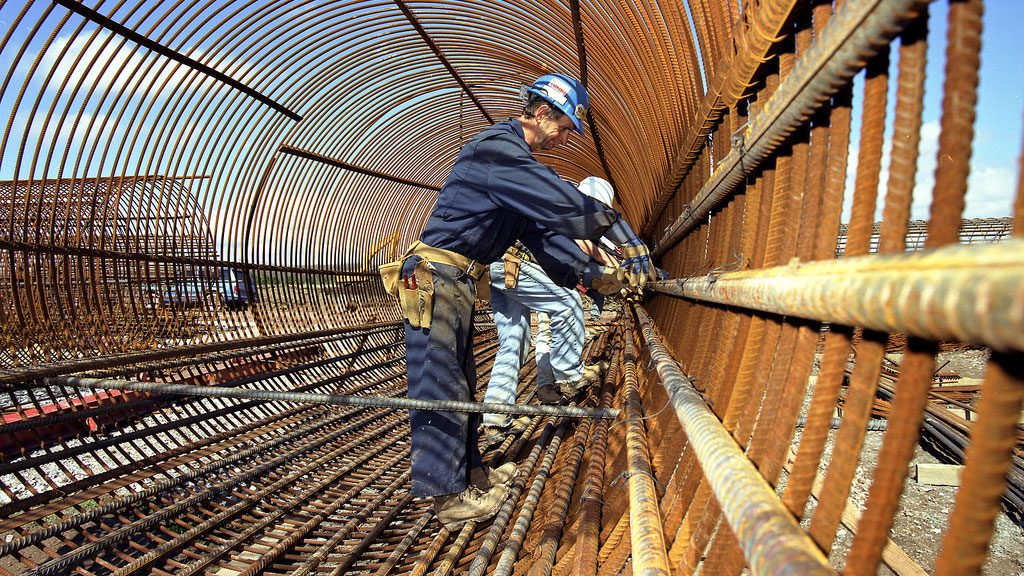A recently released report urges employers to ensure supervisors express immediate support when a worker is injured or becomes ill and that they then remain positive during the recovery period to best ensure successful return-to-work (RTW) outcomes.
The study, conducted by a research team at the Toronto-based Institute for Work & Health (IWH) in conjunction with Australia’s Monash University, found supervisors are key players in the RTW process since they interact with workers on a day-to-day basis, they have knowledge about workplace disability management policy and procedures and they have the ability to adjust working conditions for workers when they return to work.
“Within a construction context, what I would want to highlight to a human resources manager within a construction company is that it is important that supervisors and managers be aware that their interactions matter,” said IWH associate scientist Arif Jetha, lead author of the research, in an interview. “And the way they communicate with workers matters.”
The study is based on a sample of 869 workers compensation claimants in the Australian state of Victoria. The respondents completed a phone survey three or four months after taking time off due to a workplace injury or illness and of them, a smaller sample of 629 workers took another survey six months later, adding a valuable longitudinal perspective, Jetha said.
The respondents were asked for reactions to their injuries from supervisors and peers, both positive, such as support or sympathy, or negative, such as skepticism. It was determined respondents to the first survey who reported a supportive supervisor reaction were 2.3 times more likely to have sustainably returned to work than those who received a negative supervisor reaction.
The second set of responses found positive outcomes in 1.6 times more cases. Jetha suggested it is possible the more modest effect indicates a supervisor’s reaction may be less important in more complex or serious cases.
Over half of participants, 59 per cent, reported a positive reaction from their supervisors to their injuries.
“The way the supervisor responds plays a huge role in the return-to-work trajectory,” said Jetha. “If the supervisor responds positively, is sympathetic and is more or less willing to listen to them and accepts the fact that they are legitimately claiming an injury, then the worker is more likely to return to work over a study period.”
The report supported outcomes from earlier studies, such as one in which workers with back pain who were supported by supervisors were less likely to need to access health care to manage their pain, reported a significant decline in the number of sickness absences, and were more likely to indicate greater perceived health.
Jetha wrote that “encouraging positivity may not be straightforward, especially in organizational contexts characterized by high physical and psychological demands” and in similar contexts. This would include difficult physical labour in a construction setting.
“What we are trying to express there, certain work environments are more stressful, more challenging, and can be associated with more demands,” he said. “In those contexts, where pressure is high and outputs are needing to be met, it can be hard to step back from production and be willing to provide workers with a positive message and reinforcement at a time when they are not feeling well. And so that’s where issues become more challenging.”
The next step is to encourage employers to train supervisors to find ways to support workers immediately upon injury or illness. Workplace environments must become places that foster co-operation, trust and goodwill to ensure RTW is successful, the study said.
“I would want to think about opportunities and ways in which we can create a work environment in the construction sector where communication is taking place that is beneficial to the worker and leaves the worker with a positive feeling following an injury or illness so they feel more motivated to return to work and then when they do return to work, they are likely to experience a sustained return to work,” he said.











Recent Comments